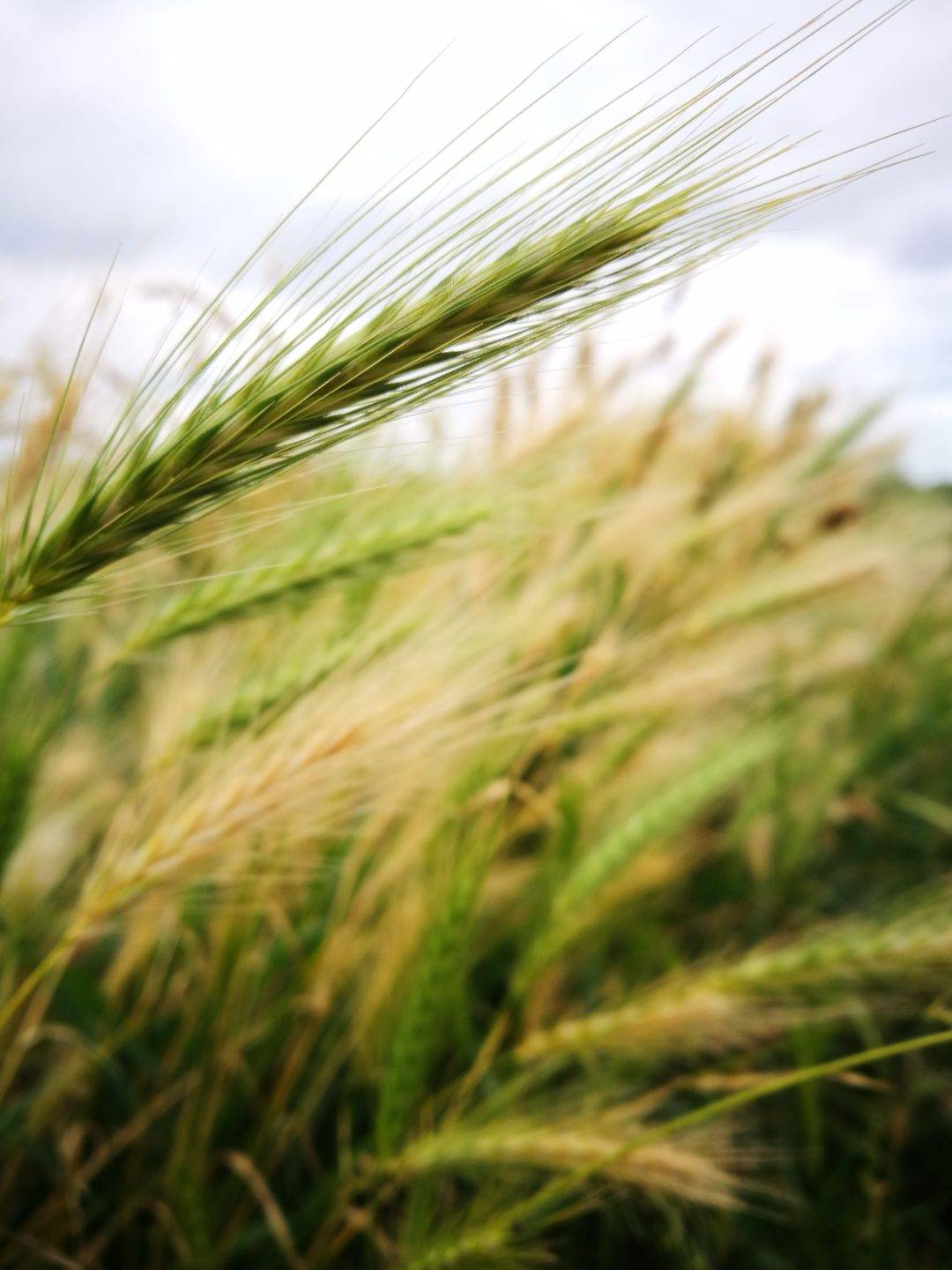In this post, we explain the technical side of how to aid and optimise a plant’s nutrition and water uptake when growing indoors in a controlled environment.
The key elements to this understanding are plant transpiration and Vapour Pressure Deficit. Trying to grow indoors even semi-professionally without grasping these terms is like clapping in a drug store to echo-locate the contact lenses.
Before we get into the nitty gritty we want to point out that this post is for those of you who are already familiar with the most basic, cheapest and easiest fixes in plant water management. I.e those of you who are using plant beneficial microbes, like the mycorrhizal and bacterial inoculants found in [sg_popup id=”21683″ event=”hover”]Root Better[/sg_popup] and have found a good surfactant like [sg_popup id=”21686″ event=”hover”]Bio-Hydrate,[/sg_popup] that would reduce the surface tension between water and dry soil aggregates and/or leaf surface and allow the soil to wet evenly.
But now to the sciency stuff.
The underlying point to remember as we go on, is that it is the vapour pressure of the surrounding environment that dictates how effectively a plant can get nutrients from the growing media and regulate its own internal energy.
Vapour Pressure Deficit (VPD) is a measure of the drying power of your air. With this metric you can more easily evaluate and mitigate threats of crop diseases, better adjust your watering or irrigation and fine-tune your nutrient concentration for all stages of growth.
As a steady and constant nutritional uptake to the fullest extent possible is the key to unlocking plant potential, it is of the utmost necessity that plants grow within their evolutionarily specific temperature and humidity ranges, i.e. the correct VPD.
It’s important not to forget that the range of this metric changes in tune with the plants’ growth cycle. For example, what is best for a young plant is different to what a plant needs in late bloom.
VPD and Plant Transpiration

As plants lack the ability to get up and walk to the shade when they get hot, they rely on a very cool mechanism called “transpiration” to help chill out.
Transpiration is the process by which moisture is pulled through plants. Water and nutrition travels from the smallest root hairs to the underside of leaves, where small pores (called stomata) regulate the release of saturated (100% humid) vapour to the less humid air. Since the external atmosphere has less vapour, it exerts a pulling force (a pressure) on the saturated air when these pores are open. Hence Vapour Pressure Deficit.
Vapour Pressure Deficit dictates how efficiently a plant might balance its internal energy with that of the wider environment. Thus translating into just how well a plant can pick up or lose water, pump nutrients throughout, remain turgid and upright, essentially grow. VPD directly influences a plants’ hydraulic capacity and this, in turn, impacts rates of growth and overall plant health.
Plants are high in moisture content (they process up to 95% more water than they use for growth) and the gases in all healthy plants are always fully saturated. Since the air in the growing space is almost never fully 100% saturated, there is a difference in the pressure of the vapour in the air and the vapour in the leaf.
It seems natural that a healthy leaf should constantly be drying and so be cooler than the surrounding atmosphere, but this is not always the case.
On the one hand, if the air is cold and/or damp, less moisture is pulled from the plant, meaning fewer nutrients go into the plant and the plant might develop deficiencies and mould or freeze and die.
But if the air is hot and/or dry, the Vapour Pressure difference can be too great and can cause plants to become stressed under rapid transpiration. This can result in nutrient toxicity due to excessive uptake of nutrients (even if fed with just water). One of these nutrient overloads may be calcium, which can lead to chlorosis and stunted growth.
If the air is too hot and/or dry, the plant stops growing to save water and closes the cells that release moisture and enable photosynthesis (located on the underside of the leaf, called the stomata cells).
Calculating Vapour Pressure Deficit or VPD
The VPD metric consists of air temperature, leaf temperature, and relative humidity. It can be measured in Kilopascals, Millibars and PSI.
To find out how aggressively the environment is pulling air from the plant, we must compare the difference between the plants’ Saturated Vapour Pressure (which we know, if we know the temperature of the leaf) and the Vapour Pressure of the air (VPsat – VPair).
To get VPsat, we must know the temperature of the saturated environment, in this case, the leaf of the plant. We can measure this with an infrared temperature gun.
The formula for VPsat (in Kilopascals kPa) is:

Where T is leaf Temperature in Celsius
To get VPair, we must know the temperature and humidity of the air, known together as relative humidity. We can measure this with a thermometer/hygrometer in the growing room.
The formula for VPair (erroneously named VPsat in the formula) (in Kilopascals kPa) is:

Where T is air Temperature in Celsius and RH is Relative Humidity
To Get VPD, we need to subtract the actual vapour pressure of the air from the saturated vapour pressure (VPsat – VPair).
And VOILA, you have VPD. Now it’s time to consult the VPD chart and your plants’ ideal growing temperature range to see if your VPD is within a correct range and your plant is transpiring healthily. Remember, each plant has its own correct VPD, so it’s important to stick to the plants’ native temperature and consult the chart from there.
To understand the mechanisms involved, read about how plants gather nutrients, cool off and stay hydrated.
You can reduce the overall amount of water lost to evaporation by up to one third with our product Bio-Hydrate. To help protect your roots as well as maintain more nutrients and water, try increasing their surface area up to a few hundred times with Root Better mycorrhizal fungi.
For the terms mentioned in this post, check out our glossary of nature.
Take care and grow strong.


Very nicely explained.
Well written, informative and easy to understand, thanks guys.
The second formula is named VPsat but it should be VPair. Thank you very much for the article
Oops. Thanks 🙂